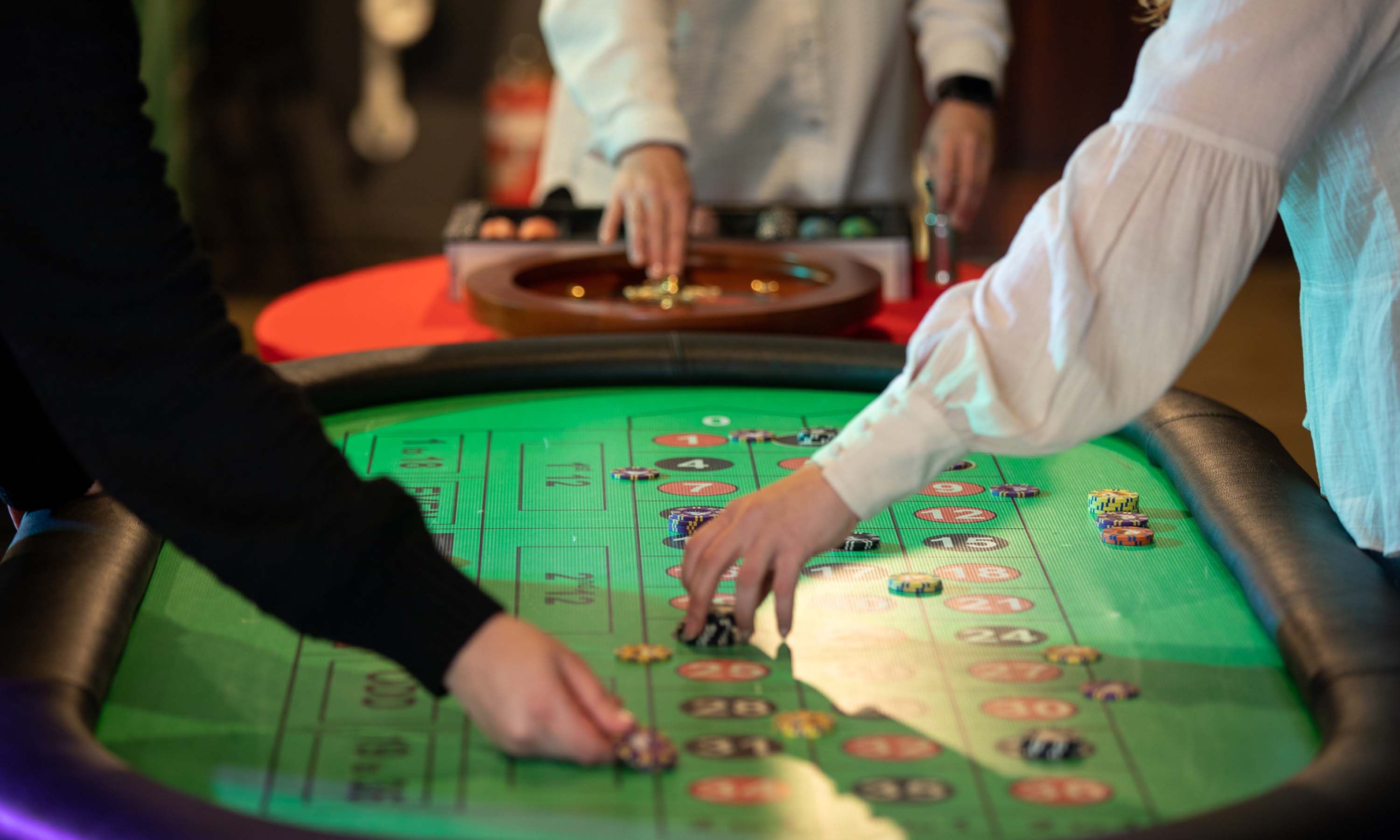
Slot machines are a of casinos, drawing millions of people in with their braw lights, exciting sounds, and promises of big wins. Despite their simpleness, these machines are some of the most addictive forms of gambling available. The psychology behind why people become so written in slot machines is , involving a mix of man demeanour, psychological feature biases, and the design elements used by casinos. Understanding these psychological mechanisms can shed light on why people can spend hours performin slot machines, often with little view for the money they lose.
The Role of Variable Reinforcement
One of the most significant psychological factors the dependence to 메이저토토 machines is the conception of variable reenforcement. This term, borrowed from behavioral psychological science, refers to the reenforcement of behavior through irregular rewards. In simpler terms, players don’t know when they’ll win, but the potentiality for a pay back keeps them engaged.
Slot machines use this rule to their advantage by offering unselected payouts. Unlike games with set rewards, like a board game where a win is preset, the slot machine’s payouts are entirely random. This uncertainty creates an element of suspense that can be implausibly compelling. The brain releases dopamine—a neurotransmitter associated with pleasure—whenever there’s a potentiality for reward. Even though the result is unsure, the possibility of winning big keeps players occupied, as the unpredictable nature of the rewards leads to a stronger scientific discipline fond regard to the game.
The “Near Miss” Effect
Another material science of slot machines is the “near miss” phenomenon. A near miss happens when the player almost wins, such as when two twin symbols appear on a payline with a third just somewhat off. Although the participant didn’t win, the brain interprets this as a near success, which can be just as motivating, if not more so, than an real win.
Research suggests that near misses step-up the likelihood of continuing play. This happens because the mind misinterprets the event as come on, triggering the same repay pathways as actual wins. Players believe that they are to successful and are more likely to continue acting in hopes of striking the pot. This misperception leads to a cycle of continuing play, despite losses, and strengthens the dependency.
Bright Lights, Sounds, and Immersion
The plan of slot machines is also by choice crafted to maximise involvement. The flash lights, social function sounds, and immersive themes are carefully engineered to spark an feeling reply. The lights and sounds act as rewards themselves, reinforcing the touch of excitement and joy. This sensory stimulus makes the undergo more pleasant and can unhinge players from the money they’re losing.
Moreover, the games are premeditated to make an experience of flow, a scientific discipline put forward where a person is so immersed in an natural action that they lose get over of time and milieu. In the case of slot machines, this happens when a participant becomes so unreflected in the reiterative act of pressing buttons and watching the reels spin that they are no longer witting of how long they’ve been acting. This submit makes it easier for players to lose pass over of their disbursal and can increase the overall time expended performin.
Loss Aversion
Human beings tend to losing more than they victorious, a construct known as loss aversion. This psychological bias is particularly germane to gambling, where players can feel the sting of losing more sharp than the satisfaction of a win. In the context of slot machines, loss averting works by motivation players to keep playing in say to recover their losings. They believe that if they keep performin, a win is just around the corner, and they may win back more than they initially lost.
In termination, the addictive nature of slot machines can be traced back to a of scientific discipline principles. The use of variable star reinforcement, the near-miss effectuate, sensorial input, and loss averting all work together to produce an see that is not only diverting but also profoundly addictive. Understanding these mechanisms can help individuals make more educated choices and upraise sentience about the scientific discipline tactic used in the plan of play machines.


